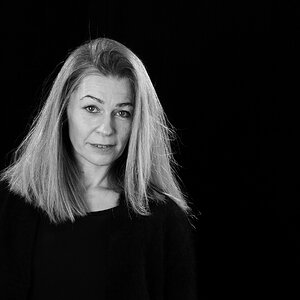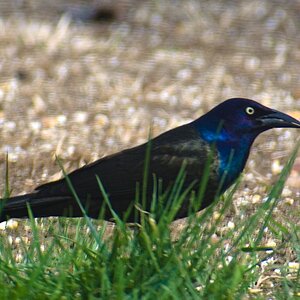Hello there!
I have a coule of weddings slated for early next year and as a newbie to the wedding photography business, I need some tips for shooting a night wedding (inside a church with an indoor reception).
My goal is to go to these locations and snap a couple of shots to post here to give you an idea of what I am looking at, but for now:
· ANY lighting tips / suggestions will be appreciated (including gear I should consider bringing along - lighting, lenses).
· I have a pretty good artistic eye, but I definitely would like some shot ideas if you have any.
· Camera / flash settings (obviously tough to give specifics without knowing details but some general tips would suffice.
· Post shots of your own!
Also, keep in mind I am not an absolute beginner or even completely new to helping out with a wedding.
*I am looking for a mentor, and I will probably post separately for this, but let me know here if you (or someone you know) would be a willing mentor*
Thank you!
I have a coule of weddings slated for early next year and as a newbie to the wedding photography business, I need some tips for shooting a night wedding (inside a church with an indoor reception).
My goal is to go to these locations and snap a couple of shots to post here to give you an idea of what I am looking at, but for now:
· ANY lighting tips / suggestions will be appreciated (including gear I should consider bringing along - lighting, lenses).
· I have a pretty good artistic eye, but I definitely would like some shot ideas if you have any.
· Camera / flash settings (obviously tough to give specifics without knowing details but some general tips would suffice.
· Post shots of your own!
Also, keep in mind I am not an absolute beginner or even completely new to helping out with a wedding.
*I am looking for a mentor, and I will probably post separately for this, but let me know here if you (or someone you know) would be a willing mentor*
Thank you!
Last edited:


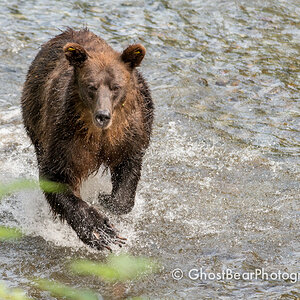
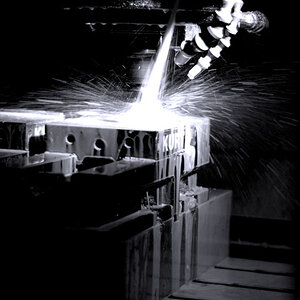
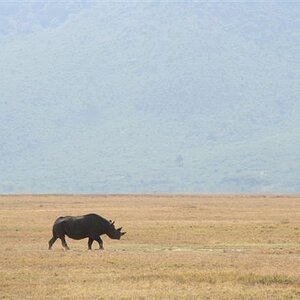

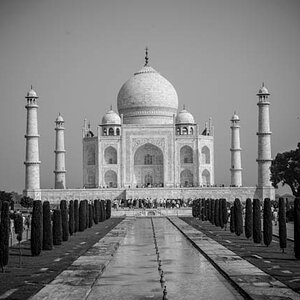

![[No title]](/data/xfmg/thumbnail/37/37602-1ef8dbb1c2d0e4ff347ee65d328c3603.jpg?1619738147)
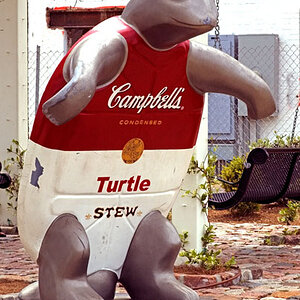
![[No title]](/data/xfmg/thumbnail/37/37604-7ad625e983f92f880eb65a264eeef5e4.jpg?1619738148)
